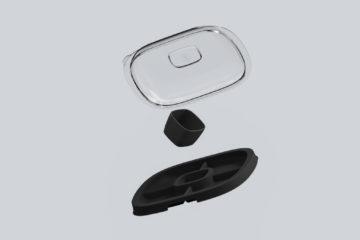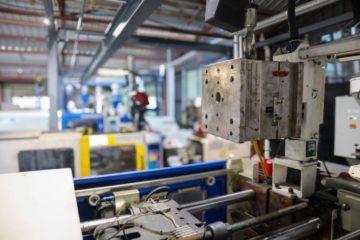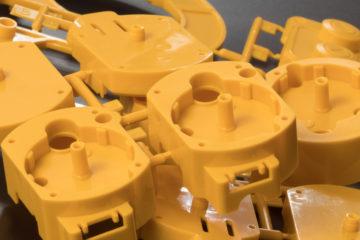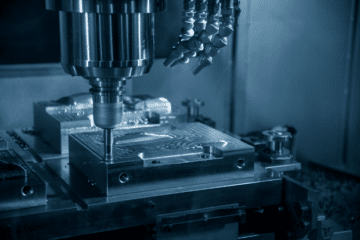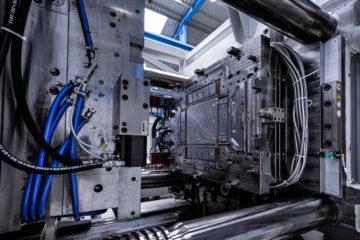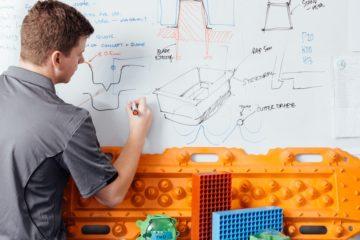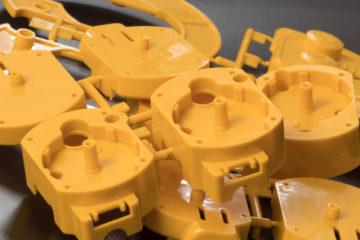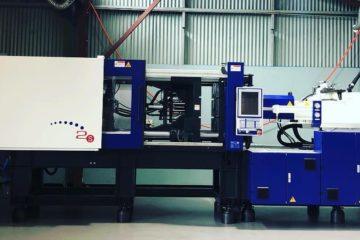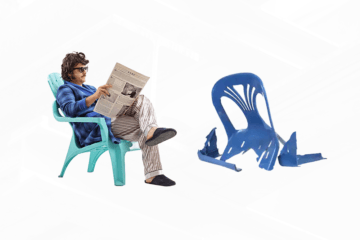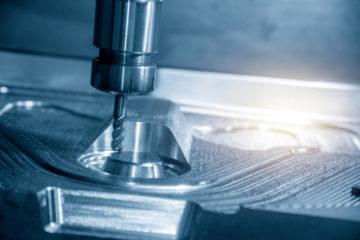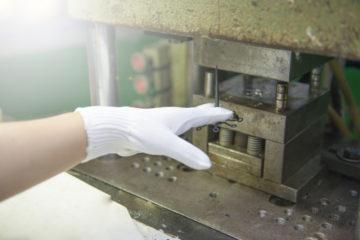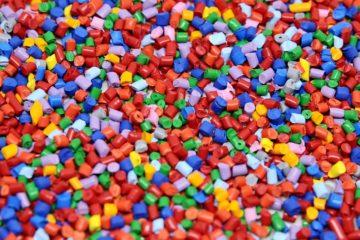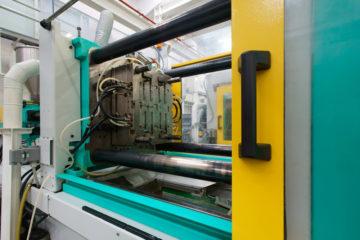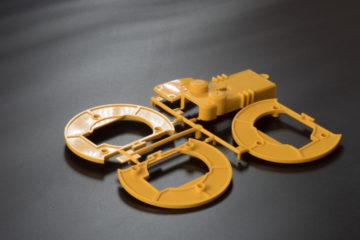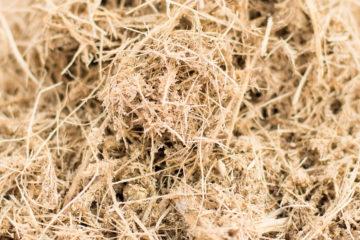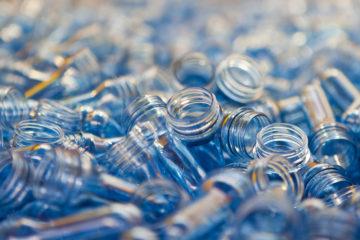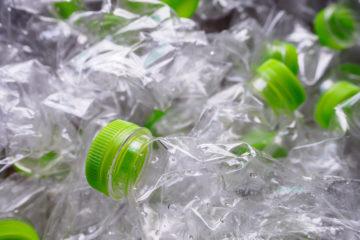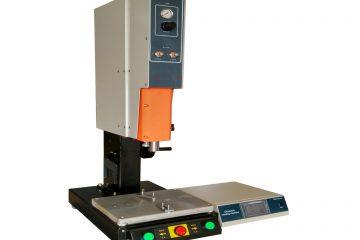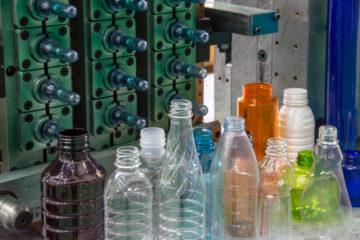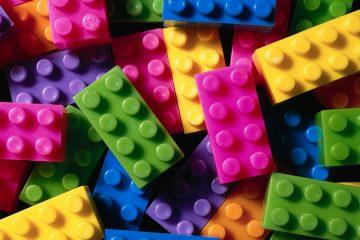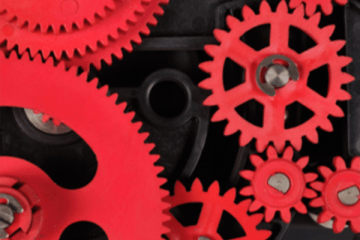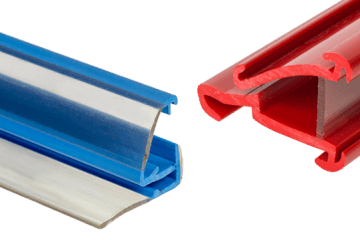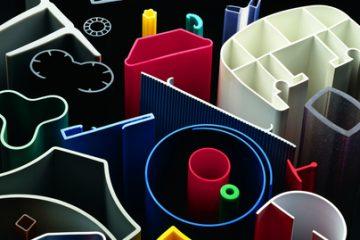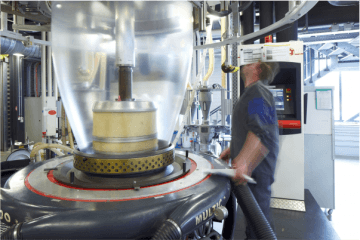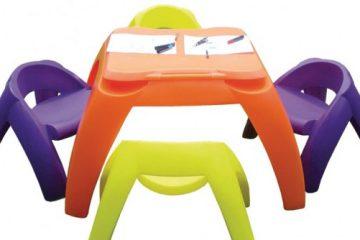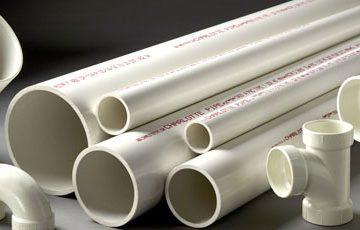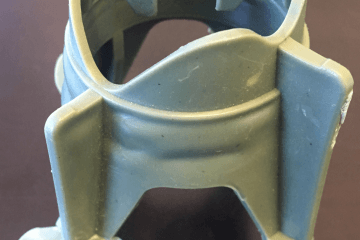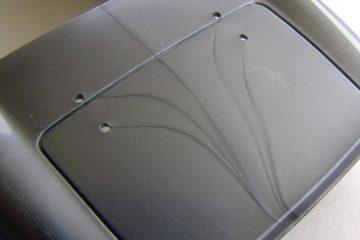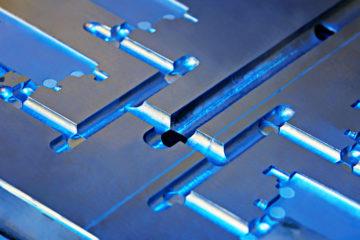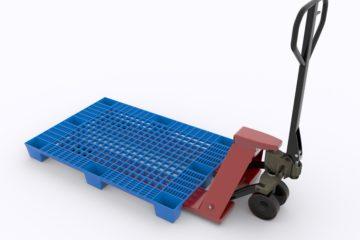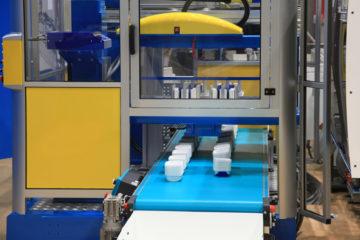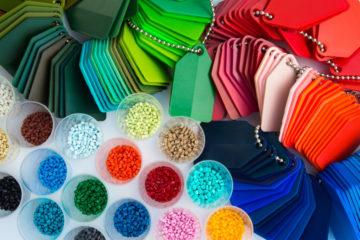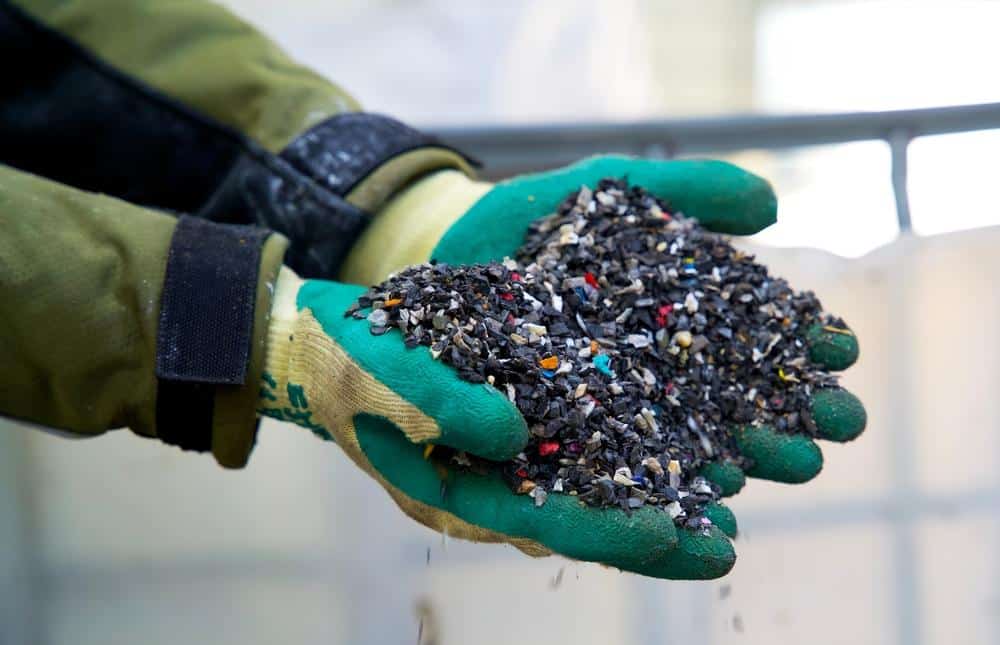
Using recycled plastics can have big benefits, not just in reducing the overall cost of the manufacturing process but also the environmental impact it has by reducing the amount of plastic going into landfill.
More often we are finding customers are wanting to use recycled plastics in the manufacture of their products. In this blog we will look at the process of using recycled plastics.
What’s the Process?
It is a common misconception that only certain plastics can be recycled. Yes, your yellow council bin will only accept plastics such as Polypropylene (PP) and Polyethene based plastics (PE, HDPE, LDPE, PET) but all plastics can be recycled and given new life.
Here at Dienamics we feel very strongly about cutting down on plastic wastage. To ensure that we recycle as much plastic as possible each of our machines is equipped with sprue picker robots that pick out the wastage during the production and drops it into a granulator. These granulators regrind up the plastic into smaller granules and a vacuum system attached, sucks the regrind back into the moulding machine so it can be mixed back through the moulding run. We also, when possible, manufacture products in 100% recycled plastics. This helps to ensure a virtually waste free process and all of the plastic in our moulding department is used in final products rather than being sent to landfill.
So, when is the ideal time to use recycled plastics?
If you ask us, it is almost always ideal to use some percentage of recycled plastics if possible.
There are some restrictions such as colours and strength that do need to be taken into account though.
It can be very difficult to get 100% recycled plastics in bright, vibrant colours due to the risk of contamination. Sometimes, designing a product that isn’t bound to a colourway can work in your favour. This can be quite effective and several people have come up with quirky designs that aren’t just restricted to injection moulding.
Also recycled plastic is more brittle than virgin plastic, so if your product needs structural integrity this needs to be looked at in the design process. It is certainly possible to design strong products using 100% recycled materials, however they need to be designed correctly with that strength in mind. Designing the product to have enough ribs among other features can open you up to more material options, including more recycled materials.
In the cases where using 100% recycled plastic is not ideal we can still use some percentage of recycled plastic. The general rule for mixing reground plastic into a moulding run is that 20% recycled plastic can be mixed in without impacting the strength of the end product. Product testing is always suggested when wanting to use recycled materials to ensure you are still getting the exact quality of product you require.
If you think your part could potentially suit recycled material, contact Dienamics for a free consultation with our design and manufacturing team.
At Dienamics, we offer a range of comprehensive services in every step of the product manufacturing process. These include:
- Product design, including concept assessment and project scoping
- Prototyping and process and materials testing
- Manufacturing, injection moulding, production, assembly, and packaging
Contact us today if you have a product you’re looking to get designed & manufacture!
Subscribe to Our Newsletter
Get the latest news from Dienamics into your inbox







